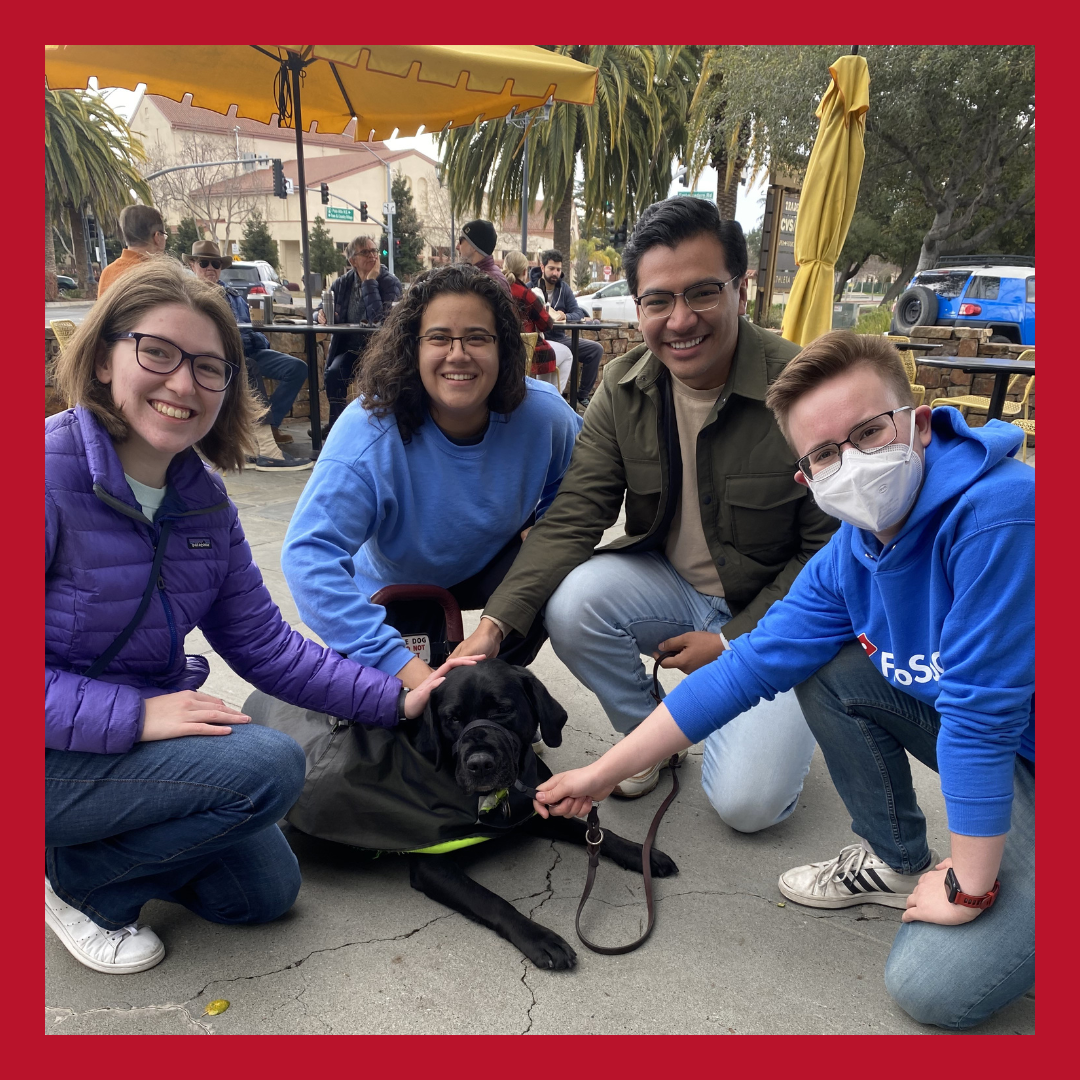The RESNA Student Design Challenge (SDC) is an annual competition that showcases creative and innovative assistive technology designs that help people with disabilities function more independently. Student teams represent a wide variety of disciplines including mechanical, electrical, and biomedical engineering; computer information science; architecture; and physical and occupational therapy. Entries are judged on originality, quality of design, and usefulness to persons with disabilities.
2023 Winners
1st Place
$1,000 Cash Prize (sponsored by the Joey Wallace Educational Fund)
The Dyno: Dynamic Rear Anti-Tip Device
Author: Kayden Gill
University: University of Pittsburgh

Acquisition of the wheelie skill is critical for independent wheeled mobility allowing wheelchair users to navigate obstacles, and perform weight shifts. However, the wheelie is far from a universally shared skill with only 59.9% of long term wheelchair users being able to hold one for 30s. Even skilled users are at an risk of injury from backwards falls. The current approach to minimize risk are anti-tippers, these however, inhibit skill acquisition by limiting wheelies, leading to abandonment. Rigid wheelchair users need a means to perform a safe functional wheelie. The Dyno, a Dynamic Rear Anti-tip Devices (D-RAD) aims to fill the void between safety and function by moving with the wheelie until a stopper is hit. It serves as a safety net, and provides the support needed for more advance skill acquisition, such as wheelies down slopes, and opens the skill to users with limited trunk control who may otherwise be unable to perform a wheelie.
2nd Place
$700 Cash Prize
DUG: A communication device to prevent people from distracting service dogs
Authors: Beste Aydin, Steven Opferman, Omar Ramos Escoto, and Breanna Sandoval
University: Stanford University

Abstract: Individuals with service dogs are frequently interrupted by people who want to get their “dog fix”. At best, this experience is an annoyance; at worst, the service dog can be so distracted that they are unable to focus on their handler, potentially jeopardizing the safety of the service dog’s human partner. To understand the magnitude of this issue, our team worked closely with Abby and her service dog Nathan. Our design is a Bluetooth speaker that can be flexibly attached along with a custom-built remote control that triggers pre-recorded audio messages. These audio messages inform people not to distract the service dog using a variety of tones and lengths, which the user can choose from. This helps service dog owners to not have to repeat themselves when preventing people from interacting with their companions. This is specifically helpful for service dog owners who have problems communicating with others due to differences in speech or discomfort in social situations.
3rd Place
$300 Cash Prize
FlexiPull Drawer Scoop: A flexible drawer handle to improve bathroom accessibility
Author: Kacey Roehrich
University: University of Pittsburgh

Abstract: The bathroom is the smallest room in most homes and fixtures further reduce the amount of maneuverable space. Bumping into metal drawer handles is unsafe for individuals and damaging to their wheelchairs. This project aims to create a drawer handle for individuals who use a wheelchair and have limited hand function that does not create an unsafe obstacle so they can efficiently open drawers and safely maneuver in small rooms. The FlexiPull Drawer Scoop is a 3D-printed TPU handle that balances flexibility and rigidity. Increasing accessibility to bathroom drawers for individuals with limited hand function increases their independence and alleviates frustration during tasks essential to personal care. The FlexiPull Drawer Scoop enables individuals to freely move around the bathroom and be less mindful of their clearances with the drawers. When FlexiPull Drawer Scoops get bumped into, they move out of the way without causing any damage, then spring back into place and are ready for use.